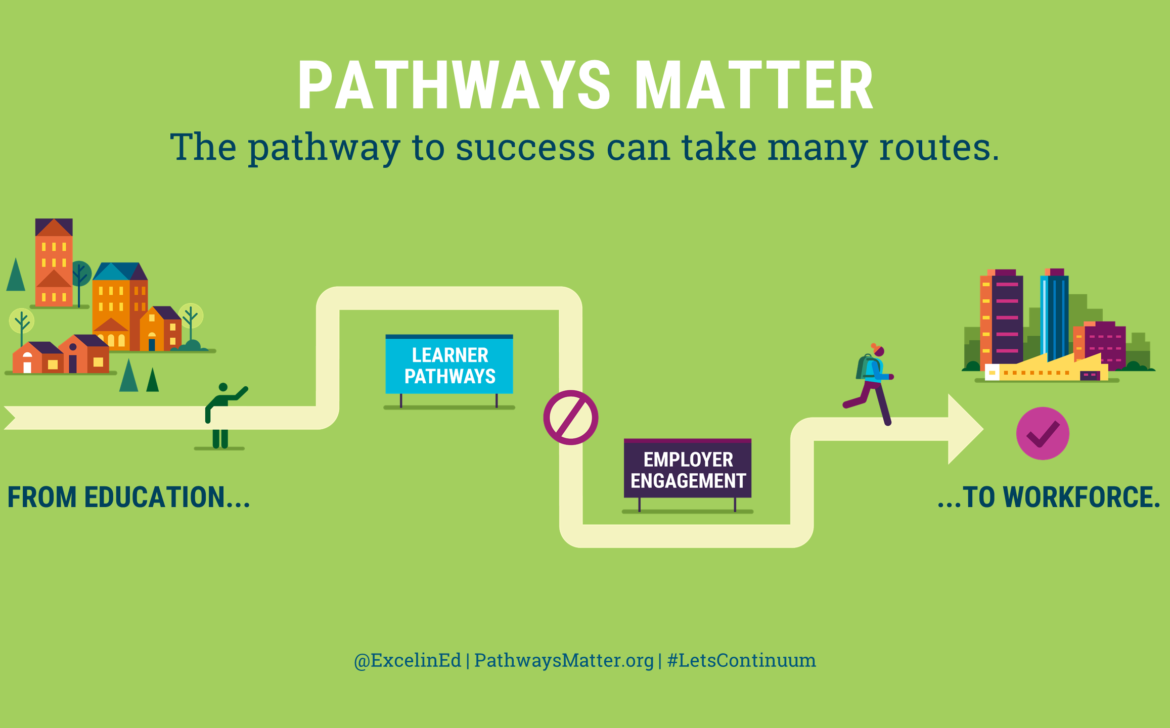Inside the World of Virtual Reality: Stepping into the Digital Frontier
Virtual reality has come a long way since its inception. From early experiments in the 1960s to the immersive experiences available today, VR has undergone significant advancements. With the development of powerful hardware, sophisticated tracking systems, and high-resolution displays, VR has become more accessible, realistic, and engaging than ever before. The entertainment industry has been revolutionized by VR technology. From gaming to immersive cinematic experiences, VR has opened up entirely new dimensions of entertainment. Virtual reality gaming allows players to step into virtual worlds, interacting with their surroundings and experiencing games in an unprecedented way. Whether it’s defending a castle, exploring alien planets, or competing in virtual sports, VR offers gamers a level of immersion that traditional gaming cannot match. VR has transformed the way architects and designers bring their visions to life. Through virtual reality, professionals can create immersive walkthroughs of buildings, allowing clients to experience spaces before they are constructed. VR enables architects to test design concepts, evaluate spatial relationships, and make informed decisions. This technology has become an invaluable tool for presenting designs, gathering feedback, and ensuring client satisfaction. In the healthcare industry, VR is being leveraged to enhance patient experiences and improve treatment outcomes. Virtual reality can alleviate pain and anxiety by immersing patients in calming and distracting environments. It is also used for phobia treatment, exposing patients to controlled virtual situations that help them overcome their fears. Additionally, VR-based rehabilitation programs are aiding patients in recovering motor skills and facilitating physical and cognitive therapy. Virtual reality has the potential to transform the way we collaborate and communicate remotely. VR platforms enable geographically dispersed teams to meet in virtual meeting spaces, fostering a sense of presence and enhancing collaboration. Through avatars and virtual environments, individuals can interact as if they were physically present, fostering creativity and productivity. VR is poised to revolutionize remote work, making it more immersive, engaging, and connected. Virtual reality is an exciting technology that is reshaping the way we experience and interact with digital content. From entertainment and gaming to education, healthcare, and beyond, VR is pushing the boundaries of what is possible. As advancements continue to unfold, virtual reality will undoubtedly have a profound impact on various industries and our everyday lives. So, step into the digital frontier and embrace the immersive wonders of virtual reality. The possibilities are endless, and the future is now.Introduction
 Imagine a world where you can travel to exotic destinations, explore fantastical realms, or interact with virtual beings—all without leaving the comfort of your living room. Welcome to the captivating realm of virtual reality (VR). In this blog post, we will delve into the fascinating world of VR, exploring its applications, advancements, and the transformative impact it has on various industries and our daily lives.
Imagine a world where you can travel to exotic destinations, explore fantastical realms, or interact with virtual beings—all without leaving the comfort of your living room. Welcome to the captivating realm of virtual reality (VR). In this blog post, we will delve into the fascinating world of VR, exploring its applications, advancements, and the transformative impact it has on various industries and our daily lives.1. The Evolution of Virtual Reality

2. Entertainment and Gaming


3. Education and Training
 Virtual reality has also made a significant impact on education and training. VR simulations provide immersive and realistic environments for learning and skill development. Students can explore historical landmarks, dive into the depths of the ocean, or practice complex medical procedures—all within a virtual space. VR training programs have been adopted in fields such as aviation, healthcare, and military, allowing individuals to gain hands-on experience in a safe and controlled environment.
Virtual reality has also made a significant impact on education and training. VR simulations provide immersive and realistic environments for learning and skill development. Students can explore historical landmarks, dive into the depths of the ocean, or practice complex medical procedures—all within a virtual space. VR training programs have been adopted in fields such as aviation, healthcare, and military, allowing individuals to gain hands-on experience in a safe and controlled environment.4. Architecture and Design

5. Healthcare and Therapy

6. Virtual Collaboration and Communication

Conclusion



























